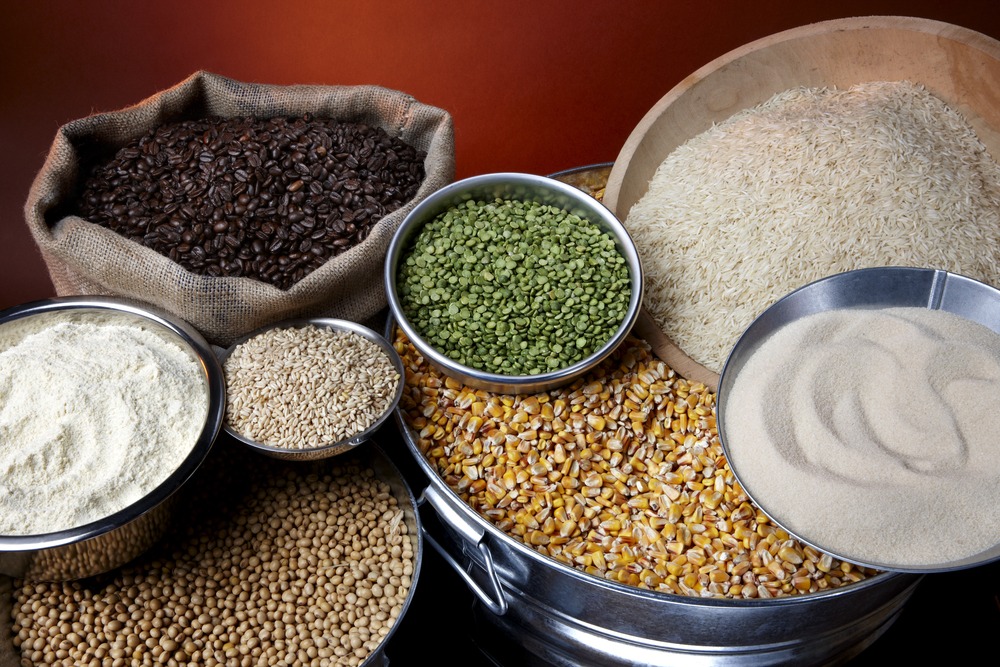World food prices fell 20.5 percent from their peak a year ago, the Food and Agriculture Organization of the United Nations (FAO) announced.
The food price index fell for the 12th consecutive month in March. It averaged 126.9 points, down 2.1 percent from the previous month and 20.5 percent below the peak in March last year, due to higher supply, reduced demand for imports, and Black Sea Grain Initiative expansion.
The cereal price index fell 5.6 percent from February, with international wheat prices down 7.1 percent, pressured by a strong yield in Australia, improved crop conditions in the European Union, large stocks from Russia, and current exports from Ukraine.
The FAO statement added that world corn prices fell 4.6 percent, partly due to expectations of a record harvest in Brazil, while rice prices fell 3.2 percent.
The vegetable oil price index was, on average, three percent lower than the previous month and 47.7 percent below the level of March last year, as high world inventories and reduced global import demand weighed on quotes for soybean, canola, and sunflower oils. On the other hand, the rise in palm oil prices is due to lower production levels in Southeast Asia due to floods and temporary export restrictions imposed by Indonesia.
The FAO said the price increase was mainly the result of concerns about the reduced global availability of sugar in the 2022/23 season following a decline in production prospects in India, Thailand, and China. However, Brazil’s positive outlook for sugarcane crops limited the upward pressure on world sugar prices.
Milk falls, sugar rises
The FAO dairy price index fell 0.8 percent in March, with butter prices rising due to higher import demand, while cheese prices fell due to higher inventories at leading exporters.
In contrast, the sugar price index rose 1.5 percent in February to its highest level since October 2016, reflecting concerns over falling production in India, Thailand, and China. A positive outlook for Brazil’s sugarcane harvests limited upward pressure on prices, as did a drop in international crude oil prices, dampening ethanol demand.
The FAO meat price index rose slightly, by 0.5 percent. International beef quotations rose due to rising domestic prices in the United States, while pork prices rose due to increased demand in Europe before the holidays.
Despite bird flu outbreaks in several major exporting countries, world chicken prices fell for the ninth month due to reduced global import demand.
















